Creating an App for the Internet of Things (IoT): A Comprehensive Study
28 Jan 21 

The Internet of Things has been one of the most adopted technologies in the 21st century.
How to develop an IoT app successfully is a question mobile app developers worldwide are thinking about!
Though the idea for an interconnected network of things has been around since the 1980s and 1990s, it wasn’t until 2010 that the concept began to take off.
And now, in 2021, it has become a reality, not just in enterprises and industries but also in our homes.
Just think about wearable devices, home automation, smart gardening, and personal assistants!
According to statistics, in the year 2015, we had around 15.4 billion interconnected devices, and by 2025 it is estimated to reach a whopping 75.4 billion!
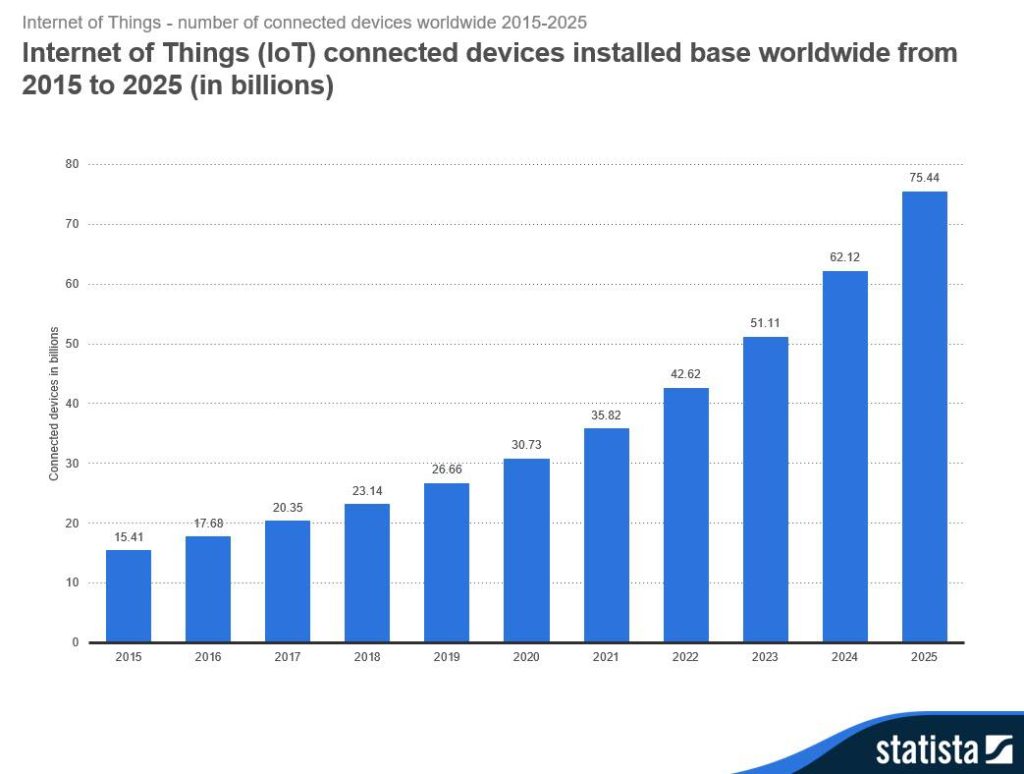
As IoT devices are becoming widespread, the need to develop IoT apps is also on the rise.
In this blog, we will talk about everything related to IoT app development.
But before that, let’s answer some basic questions about what IoT is and what its uses are.
What is the Internet of Things (IoT)?
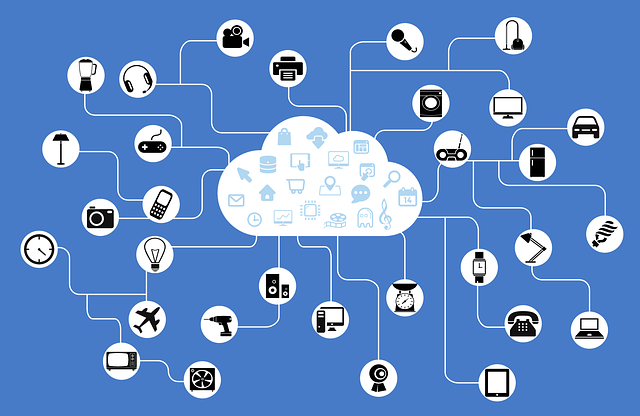
The Internet of Things is a network that connects devices in an environment to support data exchange between them.
IoT creates a scenario where real-world objects can communicate with each other without any need for human intervention.
Any guesses how every device is connected in an IoT network?
Through the internet, of course!
It is a promising technology that aims to revolutionize people’s lives by changing the way they carry out their everyday routines, be it at work, home, or during transit.
Controlling the intensity of light through mobile phones, changing the humidity and temperature of conference rooms depending on the number of people, having your home’s door open automatically when you reach in front of it- IoT powers all these.
With each passing day, IoT is growing, and so is IoT app development.
What are The Key Components of the Internet of Things?
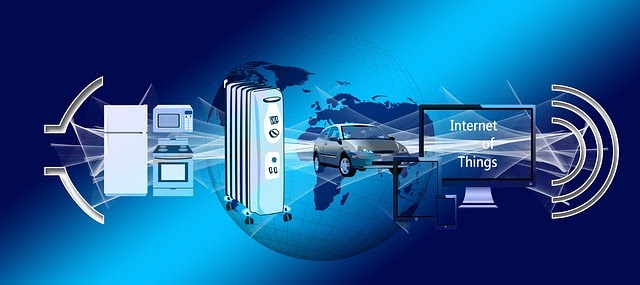
Before we look at how to develop an IoT app, let’s get familiarized with the structure of an IoT system.
There are four main components in any IoT system. They are hardware, software, network, and Cloud.
1. Hardware
All the physical systems in an IoT system come under hardware.
These can be sensors, servers, routing devices, etc.
Almost all IoT systems will have sensors. These sensors act as measurement devices and could be used to measure several things depending on its application.
Measuring temperature, pressure, light, humidity, speed are some of the standard applications.
Another popular hardware in the IoT system are wearable devices.
These are electronic devices worn on body parts like the head, feet, arms, etc.
Smartwatches and smart glasses are examples of wearable devices.
The desktop, tablet, or mobile phone used to control the sensing devices will also come under hardware.
2. Software
Software is the component that takes care of device integration, data collection, and analysis.
It is the bridge between hardware and the central server. It helps in collecting data from devices.
It ensures that all the devices are integrated, can work in cooperation, and communicate properly.
They manage the various protocols and settings of each device in an IoT system to ensure a stable real-time connection.
Software is also responsible for real-time analytics of data input from the devices.
The data from devices are converted into information suitable for human understanding by the software.
3. Network
The network is the binder in an IoT system.
It is the link that connects different components in an IoT system together.
The network ideally takes care of the data transmission from and to devices.
It is also responsible for arranging intertwisted data into a systematic format.
4. Cloud
Cloud is the backbone of an IoT system.
It is the space where data is processed and stored. With Cloud, there is no need for any physical resources for data storage.
Considering the high data needs of an IoT system and the limitations of conventional storage technologies, Cloud storage is the most useful and viable option for an IoT system.
What Are the Top 7 Layers of the Internet of Things?
Now that we have become familiar with the components of an IoT system let us take a look at how an IoT system works.
How actually does the data travel from one end to the other?
There are seven key layers on which an IoT system operates.
What are these seven layers, and what are their functions? Read on.
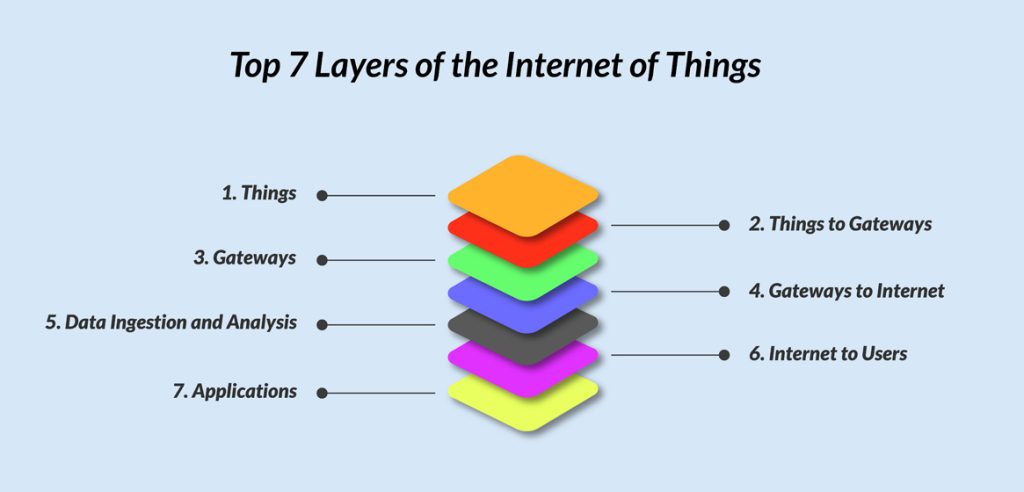
1. Things
The first layer of an IoT system consists of the things- that is, devices, sensors, controllers, etc. It is the boundary between real and digital.
It is in this layer that real parameters are taken as input and converted into digital forms.
2. Things to Gateways
This is the layer that connects layer 1 (Things) to layer 3 (Gateways).
To achieve the data transmission between these layers, it is necessary to follow specific communication protocols and network standards. This is the first network layer of an IoT system.
Protocols like Zigbee, Bluetooth are employed here.
3. Gateways
The gateways collect data from layer 2 and transmit it to the backend system.
They can be routers or modems that enable data transmission from Things to the Internet. Some sensory devices come with built-in gateways.
4. Gateways to Internet
This is just like layer 2, but it supports data transmission from gateways to the internet.
But unlike layer 2, this network may range over a broader area to support transmission to farther locations.
Ethernet, WiFi, Satellite are the protocols that are used in this layer.
5. Data Ingestion and Analysis
Data from layer 4 is collected, stored, and converted into legible information in this layer.
The data is stored in Cloud and processed using advanced technologies like machine learning to convert from raw format to valuable information.
6. Internet to Users
The processed data from the Cloud reaches the users through this layer.
This is the final network layer in an IoT system. To access data from Cloud, it uses the same protocols as layer 4.
7. Applications
The final layer in an IoT system, this is where users get to see the information collected from the Things (layer 1).
People might access this information through smartphones, desktops, or custom IoT apps.
The information may be transmitted in various forms, like graphs, alerts, numbers, or charts. Whatever form it may take, it will be presented in such a way where users can grasp it easily, derive insights, and take actions accordingly.
How IoT is Changing Mobile App Development?
From a market share of 235 billion USD in 2017, IoT is expected to reach 520 billion USD in 2021.
With its extent of connectivity, amount of data involved, and the level of integration in people’s day-to-day lives, IoT app development demands a change in the usual approach to mobile app development.
Since IoT is a complex technology and various new IoT frameworks make their appearance in the industry, it demands the developers to acquire a specific skill set.
The extent of functionalities required of IoT apps, the accuracy of the information, and the need for excellent security practices make developing an IoT application rather complex.
It is influencing mobile app developers to grow beyond their usual practices and think and act out of the box.
What are the Benefits of IoT Based Mobile Apps?
Integrating IoT with mobile applications opens up a door of wonders. As a technology that has eased the life of people, the benefits that it offers are exemplary.
1. Better Flexibility
With IoT app development, we live in an era of connectivity.
No matter where you are and what time it is, it’s possible to stay connected.
The flexibility that IoT based apps offer in staying connected to multiple devices with their streamlined control is an excellent benefit of them.
2. Enhanced Productivity
Whether it is for individuals or businesses, IoT apps help in increasing productivity by improving efficiency and optimizing different chores.
The automation that it offers carrying out routine tasks helps users focus their energy on other vital areas, thus improving their productivity.
3. Improve Quality
IoT deals with a massive amount of data.
For businesses, this data helps in understanding consumer behavior driving them to enhance their services to provide more customer satisfaction.
Further, analysis of this data can help businesses find their shortcomings and improve their service quality.
4. Cost-Effectiveness
Using IoT based apps, it is possible to bring down operational costs of businesses to a large extent.
With their constant monitoring, tracking, prediction, and automation, the cost of running a business can be brought down.
They also help in optimizing power consumption, which makes them cost-effective in the long run.
5. Safety
In high-risk work environments, IoT based apps ensure the safety and security of workers.
Since they are equipped with sensors that monitor real-time data, it helps to identify and mitigate risks very effectively.
Top 5 Challenges of an IoT System
We have seen the benefits of IoT applications. Now let us know what are the challenges that IoT poses and how they are affecting the deployment of IoT applications.
1. Inconsistent Hardware
A major challenge in IoT app development is the inconsistency created by different hardware in an IoT system.
Every manufacturing company will have its standards, security, and connection features.
In an IoT system, this causes a problem as devices from different vendors might not be able to connect with each other and work together.
To solve this technical inconsistency, users of an IoT system mostly have to stick to using devices of a single company.
Otherwise, the IoT application you develop may not be able to connect with all the devices.
2. Security
Security is a prominent concern that keeps most people from implementing IoT solutions.
The lack of consistency that we discussed above also affects security.
Since there is no defined standard among companies, there are no set security rules. This causes a big problem.
Another factor is that there are a number of connected devices in an IoT system, which means there are multiple entry points for hackers to get in.
This makes the IoT system more vulnerable. Security checks have to be done separately for each entry point, which is a complicated process.
3. Connectivity
Connectivity is the crux of an IoT system. However, wireless connectivity is still a growing technology. Thus, enabling seamless connectivity at all times is a major IoT challenge.
And with billions of IoT devices being deployed year after year, it further complicates the connectivity issue.
It is expected that with the arrival of 5G technology, this challenge can be resolved once and forever.
5G will ensure uninterrupted connectivity, better speed, and support a large number of connected devices.
4. Government Regulations
Lack of proper government regulations is another challenge that IoT is facing.
It leaves businesses in much confusion when it comes to making decisions.
Because there are no strict regulations to follow, it gives rise to a situation where there is no standardization.
This further aids the security concerns as well because without sufficient regulation, the IoT systems are open to threats.
In the healthcare and financial industries, this lack of regulations causes many difficulties.
The demand for strict regulations and universal security standards for IoT is becoming more persistent today.
5. Congestion
Billions of devices trying to coexist and operate through the same channels will inevitably result in congestion of signals.
In a mixed-signal environment, how a device will operate in the presence of another signal is a matter that is still under study.
This poses a massive challenge as it might most probably lead to collisions and data losses.
Imagine an IoT device stops operating in the midst of a crucial operation due to signal interference! The results could be drastic!
Thus, congestion is another challenge that the IoT system faces and needs to solve to ensure efficient working in all conditions.
What are the Major Applications of IoT?
To know what are the applications of IoT, you don’t have to go too far.
Just look around, and you will find many applications in your daily life.
Wondering what I am talking about?
Fitness trackers, smart coffee brewer, Amazon Alexa, smart thermostat- all are examples of IoT.
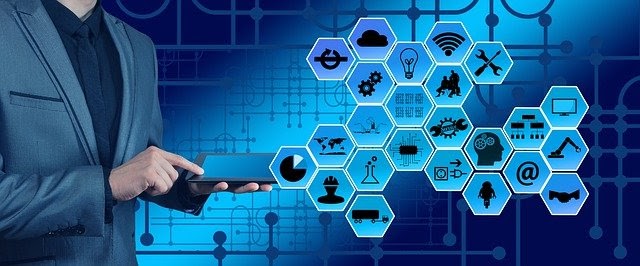
1. Smart Homes
Today, smart homes have become very common in developed countries.
It is a great application of IoT where all the appliances in a home can communicate with each other without human intervention.
It helps in controlling things at home remotely, like opening doors, managing security, maintaining temperature, etc. In a busy life schedule, it helps in saving time, effort and also helps in saving energy and thus money.
2. Healthcare
The relationship between IoT and healthcare is somewhat old.
In the form of sensors, monitors, and trackers, IoT has been present in the medical field for some time.
With time, its role has extended into more and more areas.
Today it plays a significant role in the remote monitoring of patients with the aid of wearable technology.
It also finds application in hospital management carrying out tasks like contacting medical staff in an emergency, analyzing environmental conditions for safety, etc.
3. Manufacturing Industries
The Industrial Internet of Things (IIoT), a subset of IoT, has revolutionized the manufacturing industry.
Through smart robots, safety sensors, predictive algorithms, etc. IoT has enhanced several production tasks, improved the control system, and led to better equipment management.
It has made manufacturing processes precise and performant.
4. Logistics
The integration of IoT in logistics has helped to improve transparency in operations.
With RFID tags and GPS trackers, logistics companies can keep track of their supply chain activities.
Logistics is one of the most useful areas where IoT finds application.
In tracking the location of transported goods, minimizing cost, keeping track of schedules and routes, maintaining the fleet, and providing a timely response, IoT plays a vital role.
5. Agriculture
The increasing demand for food is driving the agricultural industries to implement technologies to enhance their productivity.
Real-Time monitoring of livestock and crops, managing environmental conditions like temperature, humidity, checking soil conditions, enhancing irrigation systems, etc., are some of the ways in which farmers are relying on IoT technology to practice better farming.
IoT helps in reducing manual labor and labor costs and optimizing energy and production.
6. Smart Cities
Cities like Barcelona, Los Angeles, etc., have implemented IoT technologies to build them as smart cities. It finds application in traffic control, waste management, energy management, etc.
In LA, by implementing magnetic road sensors and cameras, officials could reduce traffic by 16%.
In Barcelona, by implementing smart lighting systems in cities, they were able to achieve a 30% reduction in energy consumption.
By implementing IoT, it is possible to maintain a city infrastructure perfectly while ensuring fewer operational expenses.
Why Create a Custom IoT Application?
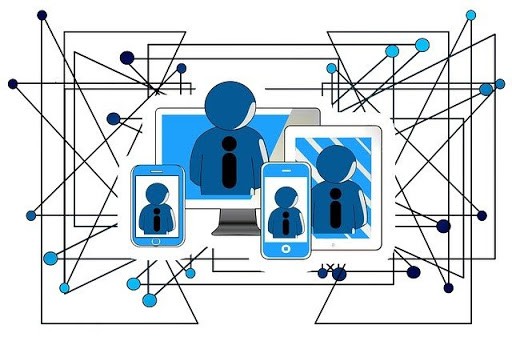
With the rising popularity of IoT technologies, everyone wants to develop IoT apps.
It has already made its presence known in several industries, as we saw above.
But being a versatile technology, it has a lot to offer to other markets as well.
For each sector, the requirements of IoT application development could be different.
For example, IoT devices in agriculture may not need a mobile interface, but if we take the fitness sector, it might be required.
Thus we see how the needs for IoT based apps vary from one to another.
Depending on your mobile app ideas and considering your target market, how you want your IoT app to be developed will also change.
The market for IoT app development will be saturated in a matter of years.
Right now, it is yet to explode. So this is the best time to find good IoT app developers and create a mobile app for your IoT system.
How to Create an IoT Application?
An IoT application involves several components, as we saw earlier in this blog. So creating an IoT application requires developers to follow specific steps.
1. Choose the Hardware
Hardware is an essential component of an IoT system, so it is necessary that you choose reliable hardware that will give you accurate data.
Hardware comes at the first layer of the hierarchy, so if it’s not chosen wisely, it will affect the success of the entire IoT application.
To make sure that the hardware is reliable, you have to carefully choose the device maker. Choose someone who guarantees quality, accuracy, and has a good reputation.
2. Choose the Industry
It is possible that your IoT application could come of service in multiple industries, but ideally, it is good to target a single industry.
By doing so, you will be able to add more customization to your IoT app development.
This will help in making it more efficient and providing a unique and quality experience.
Another factor for choosing an industry is it will also help in marketing your app.
When you have a specific target audience to appeal to, the probability of your app becoming a success is more.
3. Choose the Platform
Choosing the right platform is a crucial step in creating an IoT application.
There are several trustworthy platforms that support IoT app development.
HomeKit, Android Things, Azure IoT Suite, IBM Watson, and Oracle IoT are some of the proven IoT app development platforms.
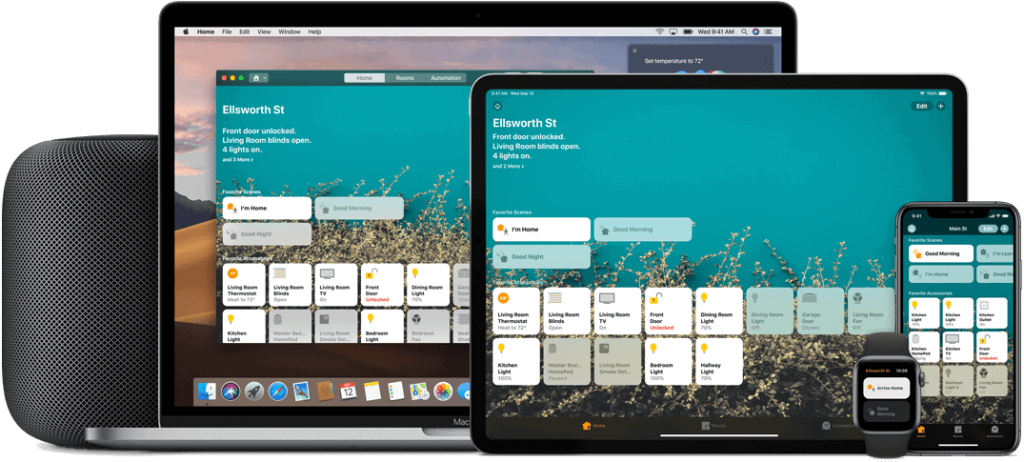
It is essential to choose a reliable platform, as an IoT system might have multiple devices from multiple vendors, which could lead to technical inconsistencies.
Platforms like the one mentioned above can unify these multiple devices and create a consistent connection.
4. Define Scalability and Performance
If the IoT application you are creating does not support high-speed performance, then it can’t succeed.
Since most IoT systems involve continuous and real-time sharing of data, even a little lag could very much affect their working.
For example, if you are developing a connected car, it can’t afford even a second’s lag as the consequences could be drastic.
If your IoT system is related to body vitals measurement, then small lags won’t cause many problems. So depending on your need, you need to define the speed.
It’s also important to think about scalability in advance. Consider if, in the future, you plan to add more devices or deal with more data, would the system be good enough?
Will your app still work if you increase the number of users?
Keeping in mind the growth of IoT across industries, scalability is the factor that will ensure whether your app can remain relevant for a long time.
5. Think about User Experience
Since IoT applications are very closely connected to users, user experience is key in their development.
Your users might be using the app on an everyday basis, so their comfort and satisfaction define the rate at which they will embrace the app.
If your app has a very complicated UX and leaves users confused, it will make them stop using it.
It doesn’t matter if you have state of the art hardware and excellent software, if the app’s user interface fails to engage users, the whole system will break apart.
Study your target audience, research about the other applications in the market, find out their pros and cons, and then design your app accordingly.
6. Ensure Application Security
Since an IoT system involves a number of devices connected to the internet, it is highly vulnerable to threats.
Hence it is crucial to strictly define and implement the security policies involved with IoT app development.
You have to ensure the devices’ firmware security as well as the data security.
Often the data involved in IoT systems will be sensitive, hence any threat could lead to harmful consequences.
Since there are multiple entry points in an IoT system, ensuring security is somewhat more complicated than for regular applications.
However, its importance is also so much more.
Top 10 IoT App Development Trends for 2021
Each year, new mobile app development trends arise to make existing technologies more innovative.
IoT has created a stir already with its capabilities and is set to revolutionize the mobile app industry more with the new trends.
The top IoT app development trends for 2021 includes:
1. Artificial Intelligence and Machine Learning
In 2021, we will see AI and ML integrate with IoT to facilitate automation of routine tasks to a large extent.
It will increase the precision of information as well as simplify routine tasks.
2. Edge Computing
To reduce dependency on cloud storage, improve the speed and performance of applications and eliminate latency, IoT applications are planning a shift from cloud computing to edge computing in 2021.
3. Cybersecurity
The use of IoT devices is expected to increase in the coming years. That means an increase in the data involved.
This calls for an up-gradation in the security associated with IoT applications to take care of breaching.
4. Health-Tech
IoT technology is finding a deeper niche in healthcare with the recent popularity of remote healthcare.
In 2021, we will see IoT devices play a major role in aiding telemedicine applications with wearable and connected technologies.
5. Blockchain
Because security is key, another trend we will see in IoT applications is the use of blockchains to assure data security during digital transactions.
It will create a centralized model to enhance safety.
6. SaaS Technology
As a low cost technology for app development, SaaS is becoming a favorite among industries.
In 2021, IoT applications are expected to implement SaaS solutions to improve the development and operation.
7. Smart Homes
From being a luxury, smart homes are turning out to be more of a necessity in today’s times.
Advantages such as increased safety, reduced energy consumption, and automation will drive more people to adopt smart homes in the future.
8. Predictive Maintenance
Be it at homes or in industries, IoT technology will be widely used for predictive maintenance in 2021 and beyond.
With its intelligent sensors and extended connectivity, emergency actions to deal with failures in applications will be taken care of by IoT devices.
9. Smart Cities
More cities worldwide will adopt IoT technologies to become smart and go green.
It will help cities deal with their traffic problems, ease parking troubles, save energy usage, and help manage resources better overall.
10. Beacons
The integration of beacon technology with IoT will increase employee productivity and improve workforce management.
Scheduling tasks, monitoring work time, collecting data, etc., will be managed better with the use of beacons.
What is the Cost of Developing an IoT App?
The cost to develop a mobile app depends on various factors.
For an IoT application, these include the features you want to implement in your IoT app, the platform that you choose, the hardware, the security factors to be considered, etc.
The developer’s location and the developer’s rate also influences the cost.
Outsourcing app development to Eastern Europe, Asian countries are generally a cheaper option for developing mobile apps as the hourly rates of developers are lower in those countries.
For a basic IoT application, the cost of development may range between $15000 to $25000. Depending upon the features that you need to implement in your app, the cost can go upto $80000.
How to Choose the Best IoT App Development Company for Your IoT Application?
To create an IoT application, choose a mobile app development company with expertise in creating mobile applications.
Creating an IoT application requires more knowledge, experience, and technical expertise.
Find a reliable app development company that has worked in IoT app development before.
They will be able to give you valuable insights and will know how to work around complicated situations.
Mindster is a mobile app development company that has excellent experience in creating applications in several niches.
We have successfully developed payment wallet applications, taxi booking applications, ecommerce applications, grocery delivery applications, etc.
Choose us to create an IoT application for you, and we promise to deliver the best results.
- Android Development3
- Artificial Intelligence25
- Classified App3
- Custom App Development2
- Digital Transformation11
- Doctor Appointment Booking App13
- Dropshipping1
- Ecommerce Apps38
- Education Apps2
- Fintech-Apps34
- Fitness App2
- Flutter3
- Flutter Apps19
- Food Delivery App5
- Grocery App Development1
- Grocery Apps3
- Health Care7
- IoT2
- Loyalty Programs9
- Matrimony Apps1
- Microsoft1
- Mobile App Maintenance2
- Mobile Apps120
- Product Engineering4
- Progressive Web Apps1
- Saas Application2
- Shopify7
- Software Development1
- Taxi Booking Apps7
- Truck Booking App5
- UI UX Design8
- Uncategorized4
- Web App Development1








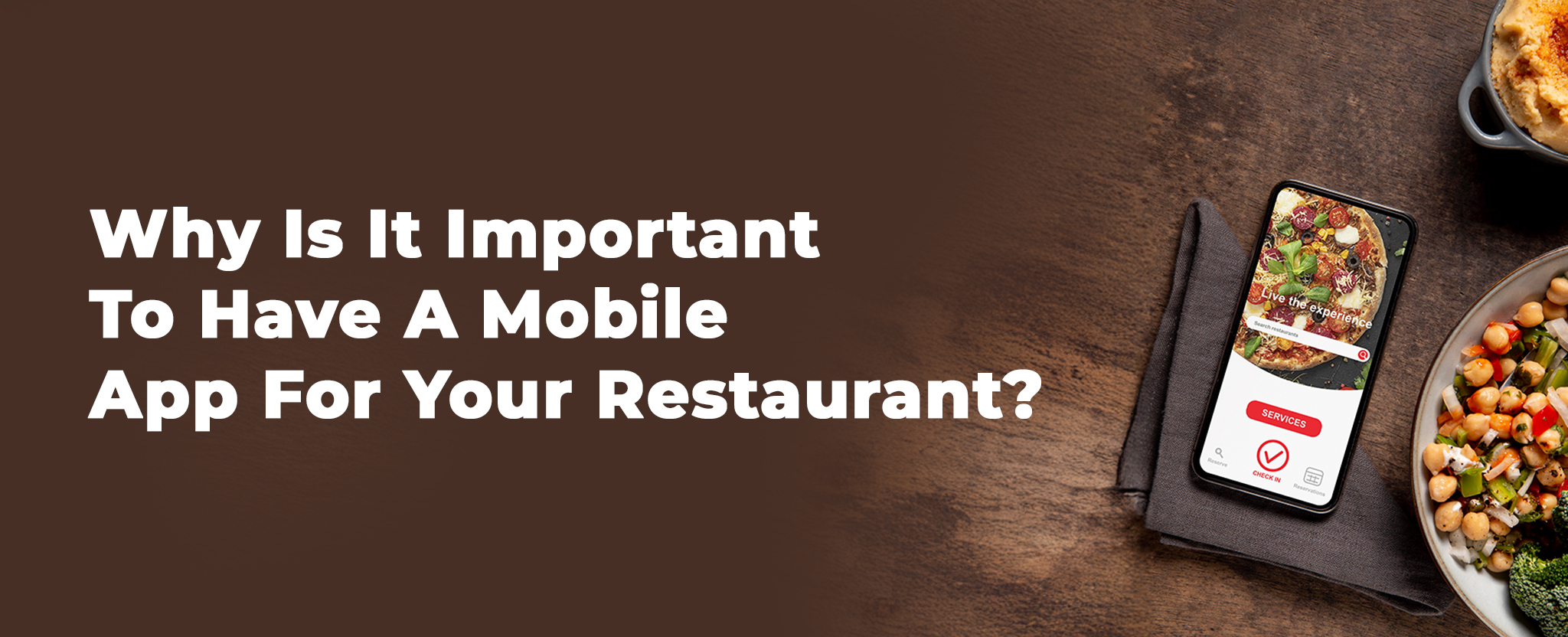
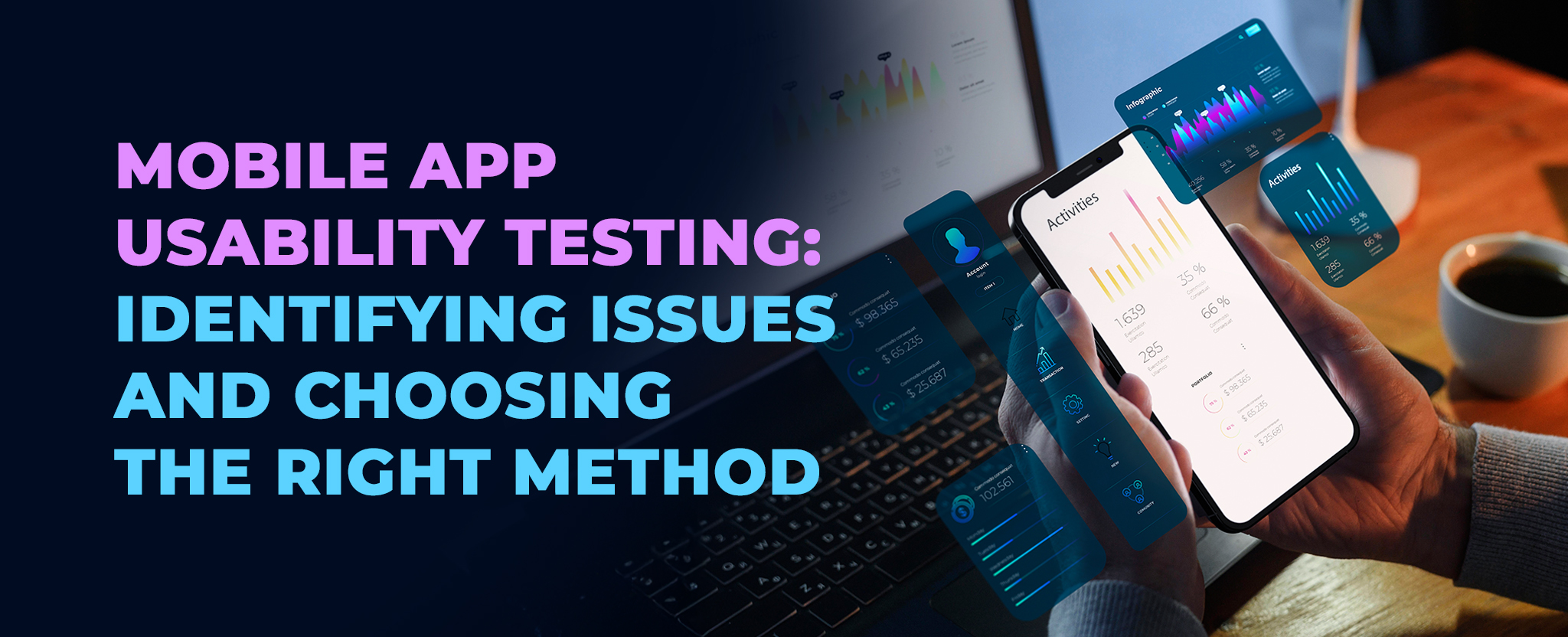
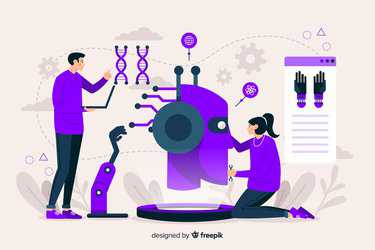
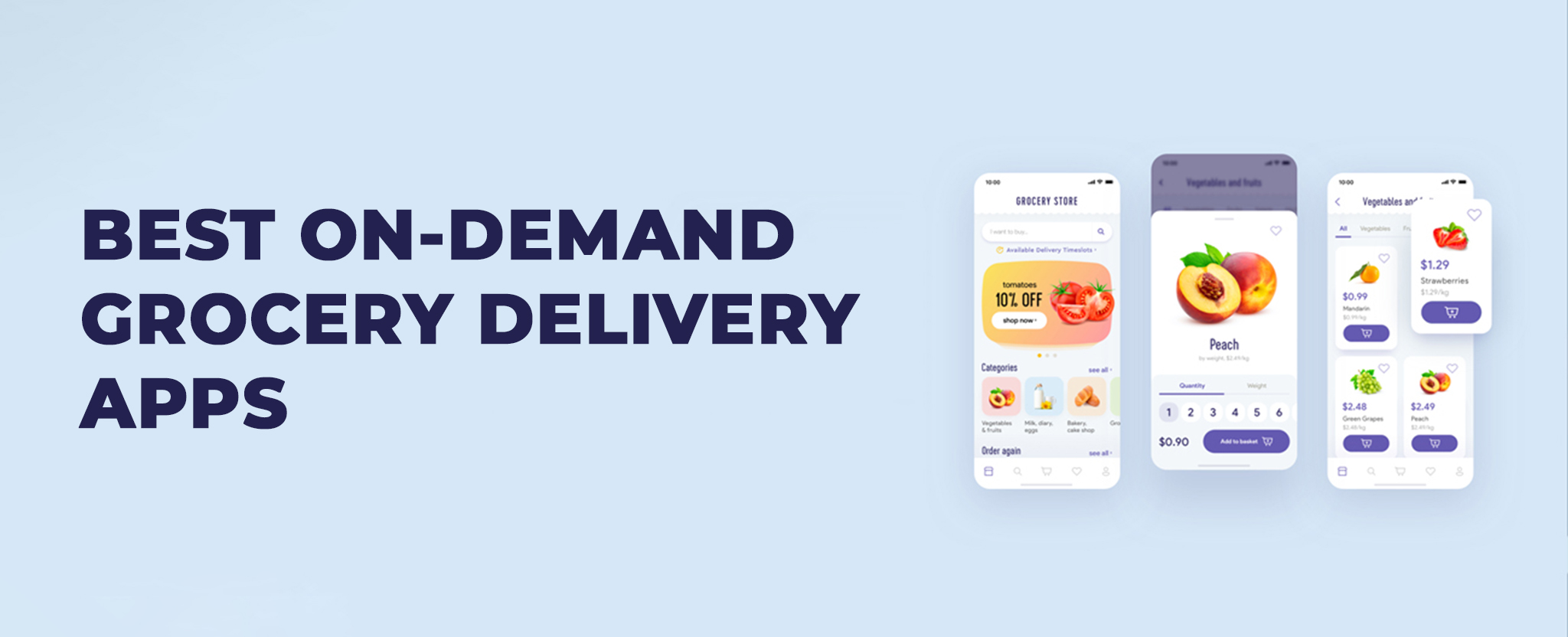






Comments